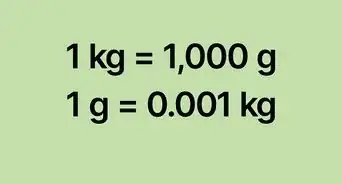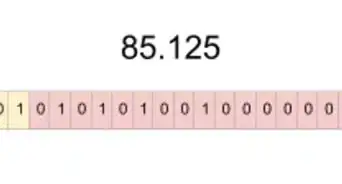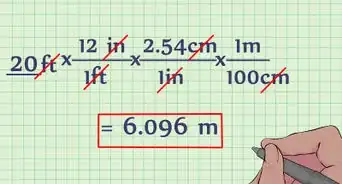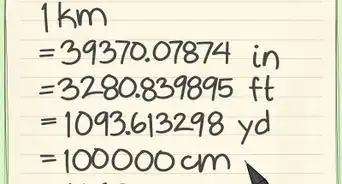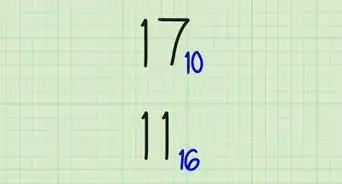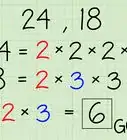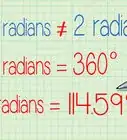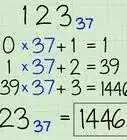This article was co-authored by wikiHow Staff. Our trained team of editors and researchers validate articles for accuracy and comprehensiveness. wikiHow's Content Management Team carefully monitors the work from our editorial staff to ensure that each article is backed by trusted research and meets our high quality standards.
There are 8 references cited in this article, which can be found at the bottom of the page.
This article has been viewed 511,240 times.
Learn more...
Converting numbers between percents, fractions, and decimals is a necessary basic math skill. The concepts are quite simple once you learn them. Not only will knowing how to convert small numbers help you on your test, but it is also useful for financial calculations.
Steps
Conversion Cheat Sheet
Converting Percents
-
1Move the decimal point two places to the left to convert a percent to a decimal. Unless otherwise noted, in a percent, the decimal point comes at the end of the last number. For example, envision that 75% actually looks like 75.0%. Moving the decimal point two places to the left converts the percent to a decimal. This is the same thing as dividing the number by 100. Examples:[1]
- 75% converts to .75
- 3.1% converts to .031
- 0.5% converts to 0.005
-
2Express the percent as a fraction of 100. Writing a number as a fraction of 100 is simply another way to write a perce. The number of the percent becomes the numerator of the fraction and 100 becomes the denominator. Simplify the fraction to its lowest form.[2]
- Example: 36% turns to 36/100.
- To simplify, look for the highest number that goes into 36 and 100. In this case, that would be 4.
- Determine how many times 4 goes into 36 and 100. When you simplify, the answer would be 9/25.
- To check that you’ve converted correctly, divide 9 by 25 (0.36) and multiply by 100 (36%). This number should equal your original percent.
Advertisement -
3Remove the percent sign. Once the percent has been converted to a decimal or fraction, the % sign is no longer appropriate. Remember, percent just means per one hundred, so if you forget to remove the percent sign after converting, your answer will be off by one hundred.[3]
Converting Decimals
-
1Multiply the decimal by 100 to change it to a percent. Another way of saying this is to move the decimal point two places to the right. A percent just means “per one hundred”, so the decimal becomes “per one hundred” after being multiplied. Don’t forget to add the percent sign after multiplying.[4] Examples include: 0.32 becomes 32%, 0.07 becomes 7%, 1.25 becomes 125%, 0.083 becomes 8.3%.
-
2Convert a terminating decimal to a fraction. A terminating decimal is one that does not repeat. Move the decimal point as many places to the right as you have decimals. This number is now the numerator of the fraction. The denominator is a 1 with as many zeros as you had decimals in the original number. Simplify the fraction at the end.[5]
- For example: 0.32 has two decimal places. Move the decimal two places to the right and divide by 100: 32/100. With a common factor of 4, the fraction simplifies to 8/25.
- Another example: 0.8 only has one decimal place. Move the decimal one place to the right and divide by 10: 8/10. With a common factor of 2, the fraction simplifies to 4/5.
- To check your work, simply divide out the fraction and make sure it equals your original decimal: 8/25 = 0.32.
-
3Change a repeating decimal into a fraction. A repeating decimal is one that has a sequence of numbers that continually repeat. For example, if the number is 0.131313... there are 2 repeating decimals (13 is repeating). Determine how many repeating decimals there are and then multiply the decimal by 10n, where n is the number of repeating decimals.[6]
- For example, 0.131313... is multiplied by 100 (10 to the power of 2) and we get 13.131313...
- To determine the numerator (top number), subtract out the repeating portion of the decimal. For example, 13.131313... - 0.131313... = 13, so the numerator is 13.[7]
- To determine the denominator (lower number), subtract 1 from the number you multiplied with. For example, 0.131313... was multiplied by 100, so the denominator is 100 - 1 = 99.
- The final fraction for 0.131313… is 13/99
- Additional Examples:
- 0.333... becomes 3/9
- 0.123123123... becomes 123/999
- 0.142857142857... becomes 142857/999999
- If necessary, take the fraction to the lowest term. For example, 142857/999999 becomes 1/7.
Converting Fractions
-
1Divide the numerator by the denominator to change the fraction to a decimal. Interpret the fraction bar to mean "divided by". This means for any fraction x/y, it is the same as saying x divided by y.[8]
- For example: The fraction 4/8 yields the decimal 0.5.
-
2Determine the number of decimal points. Many numbers don’t divide evenly into each other. When you divide them, you have to decide how many decimal places you want to give in your answer. Oftentimes, the standard is two places. Remember the rules of rounding when truncating a fraction: if the next number is a 5, round the previous number up. For example, 0.145 rounds to 0.15.
- For example: The fraction 5/17 yields the decimal 0.2941176470588…
- The final decimal can be written simply as 0.29.
-
3Divide the fraction and then multiply by 100 to change to a percent. Just as you did to convert the fraction to a decimal, divide the numerator by the denominator. Multiply the resulting decimal by 100 and add a percent sign to finish the conversion.[9]
- If you had 4/8, dividing 4 by 8 would give you .50, then multiplying that number by 100 would give you 50. Adding a percent sign gives you your final answer by 50%.
- Additional Examples:
- 3/10 = 0.30 * 100 = 30%
- 5/8= 0.625 * 100 = 62.5%
Community Q&A
-
QuestionHow do I convert 27 over 56 into a fraction?
 DonaganTop Answerer"27 over 56" is already a fraction: 27/56.
DonaganTop Answerer"27 over 56" is already a fraction: 27/56. -
QuestionWhat is 3 and 1 over 2 as a decimal?
 DonaganTop Answerer3½ = 3.5.
DonaganTop Answerer3½ = 3.5. -
QuestionWhat is 62.5 as a fraction?
 DonaganTop Answerer62.5 (or the mixed number 62½) is the equivalent of the improper fraction 625/10, which reduces to 125/2. 125 ÷ 2 = 62.5.
DonaganTop Answerer62.5 (or the mixed number 62½) is the equivalent of the improper fraction 625/10, which reduces to 125/2. 125 ÷ 2 = 62.5.
Warnings
- Make sure the decimal point is in the right place.⧼thumbs_response⧽
- When converting a fraction into a decimal, be sure to divide the numerator by the denominator.⧼thumbs_response⧽
Things You'll Need
- Paper and pencil
- A standard calculator
References
- ↑ https://www.mathsisfun.com/converting-percents-decimals.html
- ↑ https://www.calculatorsoup.com/calculators/math/fraction-to-percent-calculator.php
- ↑ https://www.mathsisfun.com/converting-percents-decimals.html
- ↑ https://www.omnicalculator.com/math/decimal-to-percent
- ↑ https://www.mathsisfun.com/converting-decimals-fractions.html
- ↑ http://www.basic-mathematics.com/converting-repeating-decimals-to-fractions.html
- ↑ http://www.virtualnerd.com/pre-algebra/rational-numbers/definitions-basics/convert-decimals-fractions/repeating-decimal-to-fraction-conversion
- ↑ https://www.mathsisfun.com/converting-fractions-decimals.html
- ↑ https://edu.gcfglobal.org/en/percents/converting-percentages-decimals-and-fractions/1/
About This Article
The right way to convert percents, fractions, and decimals depends on what you're trying to convert them to. To convert a percent to a decimal, just move the decimal point 2 places to the left. To convert a fraction to a decimal, divide the numerator by the denominator. If you want to convert a decimal to a percent, multiply it by 100. If you want to make a percent a fraction, just put it over 100 and then simplify. To change a fraction to a percent, divide the fraction and then multiply it by 100. If you want to learn how to convert a repeating decimal into a fraction, keep reading the article!

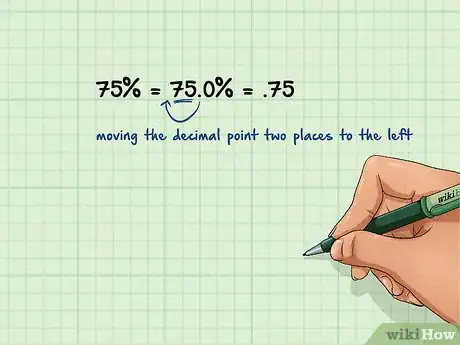
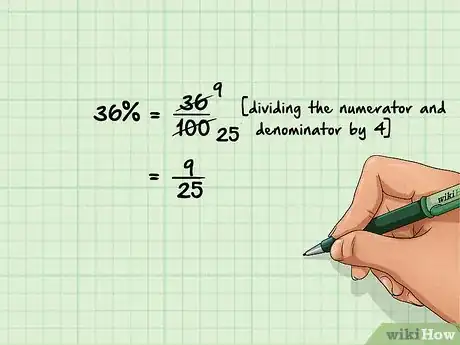
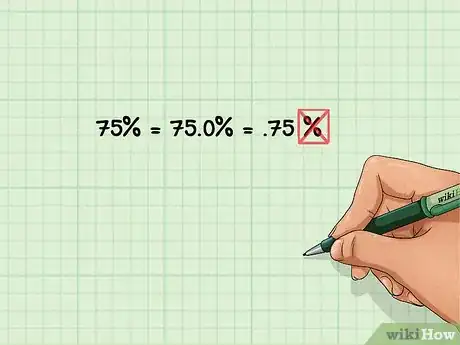
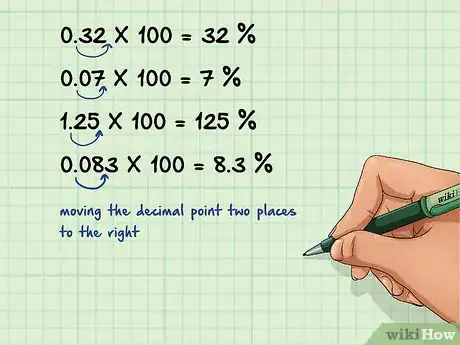
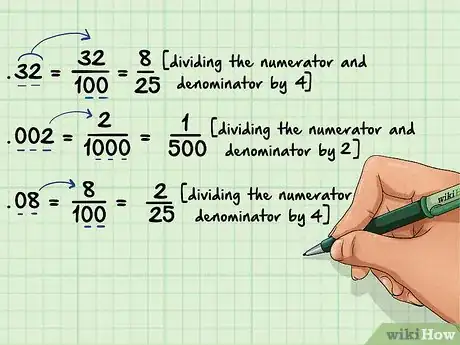
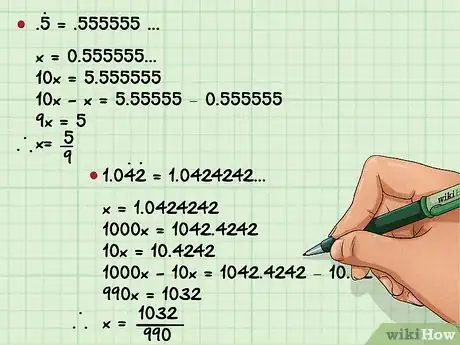
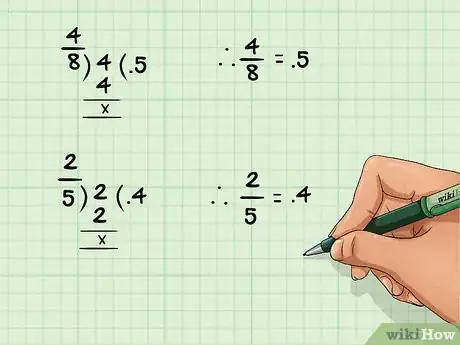
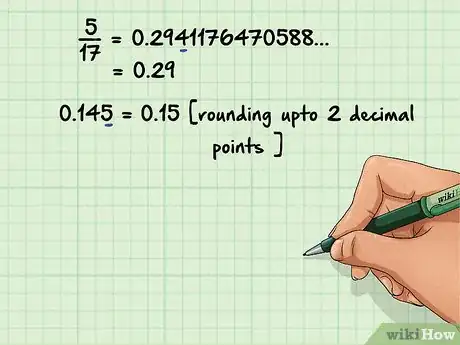
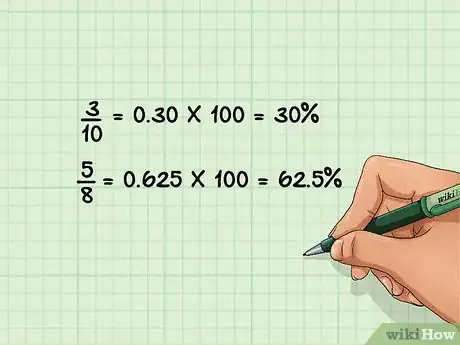
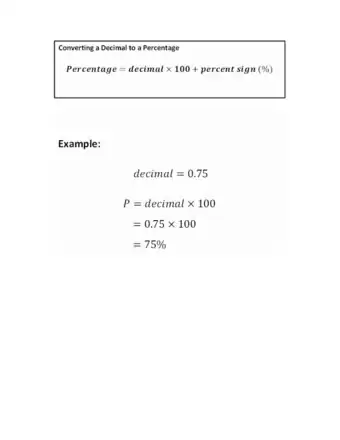


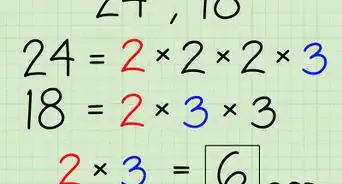
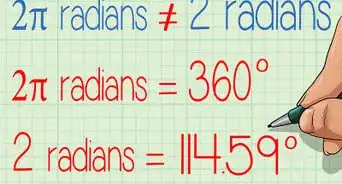
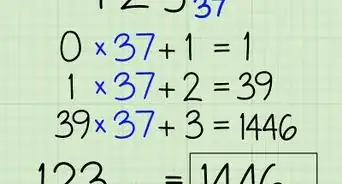
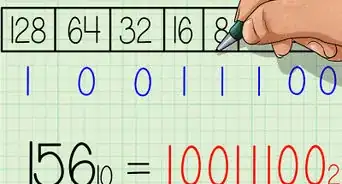
-to-Grams-(g)-Step-8-Version-5.webp)
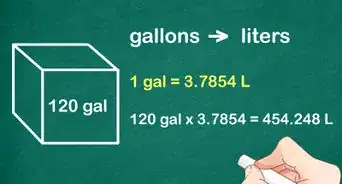
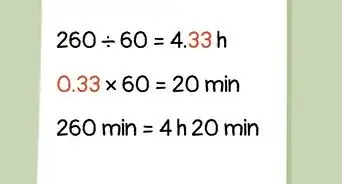
-to-Fahrenheit-(°F)-Step-6-Version-2.webp)
